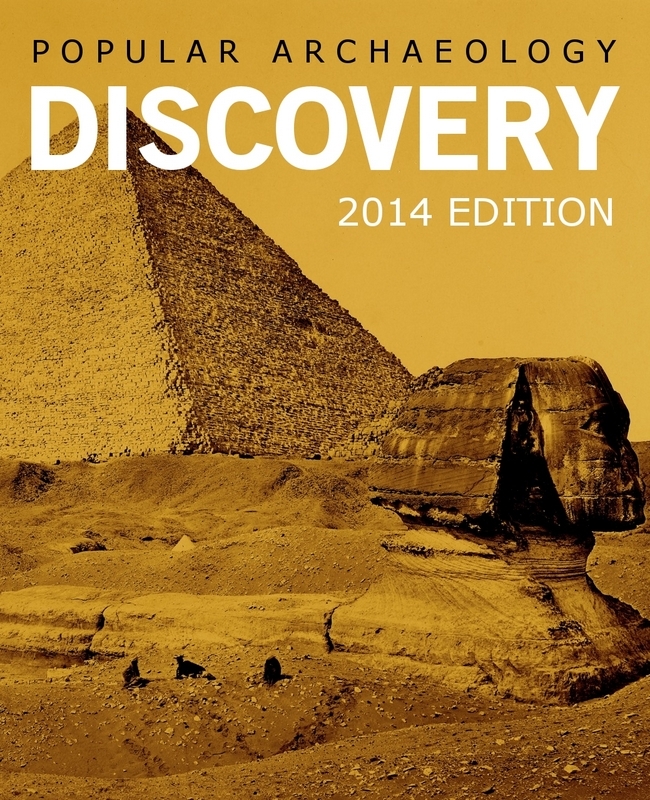
In 2012, a detailed report of prehistoric cannibalism in Gough’s cave in Cheddar Gorge (Somerset), UK, attracted media attention with the news that a group of prehistoric humans, otherwise known as Magdalenians, systematically and ritualistically consumed and utilized the remains of members of their own group about 14,700 years ago.
Now, a new report published in the Journal of Human Evolution sheds additional light on the discovery, narrowing the time frame in which the cannibalistic events took place and the extent of the activity.
“New ultrafiltrated radiocarbon determinations demonstrate that the Upper Palaeolithic human remains were deposited over a very short period of time, possibly during a series of seasonal occupations, about 14,700 years BP (before present),” wrote the study authors in the report abstract. “Our present analysis of the postcrania (skeletal remains other than the cranium) has identified a far greater degree of human modification than recorded in earlier studies. We identify extensive evidence for defleshing, disarticulation, chewing, crushing of spongy bone, and the cracking of bones to extract marrow. “*
Although the extent of cannibalism is essentially a confirmation of previous study results on the bones, the authors go on to suggest that the practice evidenced in this cave was likely an extension of a tradition that was widespread in what is present-day Europe during Magdalenian times. “In a wider context, the treatment of the human corpses and the manufacture and use of skull-cups at Gough Cave have parallels with other Magdalenian sites in central and western Europe,” the authors concluded. “This suggests that cannibalism during the Magdalenian was part of a customary mortuary practice that combined intensive processing and consumption of the bodies with ritual use of skull-cups.”*
Previous studies indicated that, once the cave occupants had thoroughly defleshed and consumed the meat of their contemporaries after death, they modified the vaults of the crania by shaping the edges to produce drinking cups (the skull cups mentioned above) similar to those that have been documented by ethnographers among more modern groups, such as the historic Australian aborigines.
_________________________________________
 Facial remains from Gough’s Cave showing cutting-marks, where the meat has been removed, a clear sign of cannibalism. José-Manuel Benito Alvarez, Wikimedia Commons
Facial remains from Gough’s Cave showing cutting-marks, where the meat has been removed, a clear sign of cannibalism. José-Manuel Benito Alvarez, Wikimedia Commons
________________________________________
 Interior portion of Gough’s Cave. Rwendland, Wikimedia Commons
Interior portion of Gough’s Cave. Rwendland, Wikimedia Commons
___________________________________________
Gough’s cave was discovered in the 1880s and subsequently developed as a show cave. In 1903 the remains of a human male, now popularly known as Cheddar Man, were found within the cave. Those remains constitute Britain’s oldest complete human skeleton, dated to about 7150 BCE. Some of the sediments of the cave were again excavated between 1986 and 1992. These excavations yielded processed human bones, with extensive evidence of cut and human tooth marks, mixed with an array of butchered large mammal remains along with numerous flint, bone, antler, and ivory artifacts. The human skeletal remains are estimated to have represented from 5 to 7 individuals, including a young 3-year-old child and two adolescents.
The detailed report is currently published in the online edition of the Journal of Human Evolution.
______________________________________
*Silvia M. Bello, et al., Upper Paleolithic ritualistic cannibalism at Gough’s Cave (Somerset, UK): The human remains from head to toe, Journal of Human Evolution, doi:10.1016/j.jhevol.2015.02.016
__________________________________________________
 You can read our more in-depth articles about new discoveries and developments in archaeology and anthropology with a premium subscription to Popular Archaeology Magazine. Find out what Popular Archaeology Magazine is all about.
You can read our more in-depth articles about new discoveries and developments in archaeology and anthropology with a premium subscription to Popular Archaeology Magazine. Find out what Popular Archaeology Magazine is all about.
In addition, the latest Popular Archaeology ebook is now available.
______________________________________________
Travel and learn with Far Horizons.
____________________________________________
 Popular Archaeology’s annual Discovery Edition eBook is a selection of the best stories published in Popular Archaeology Magazine in past issues, with an emphasis on some of the most significant, groundbreaking, or fascinating discoveries in the fields of archaeology and paleoanthropology and related fields. At least some of the articles have been updated or revised specifically for the Discovery edition. We can confidently say that there is no other single issue of an archaeology-related magazine, paper print or online, that contains as much major feature article content as this one. The latest issue, volume 2, has just been released. Go to the Discovery edition page for more information.
Popular Archaeology’s annual Discovery Edition eBook is a selection of the best stories published in Popular Archaeology Magazine in past issues, with an emphasis on some of the most significant, groundbreaking, or fascinating discoveries in the fields of archaeology and paleoanthropology and related fields. At least some of the articles have been updated or revised specifically for the Discovery edition. We can confidently say that there is no other single issue of an archaeology-related magazine, paper print or online, that contains as much major feature article content as this one. The latest issue, volume 2, has just been released. Go to the Discovery edition page for more information.






